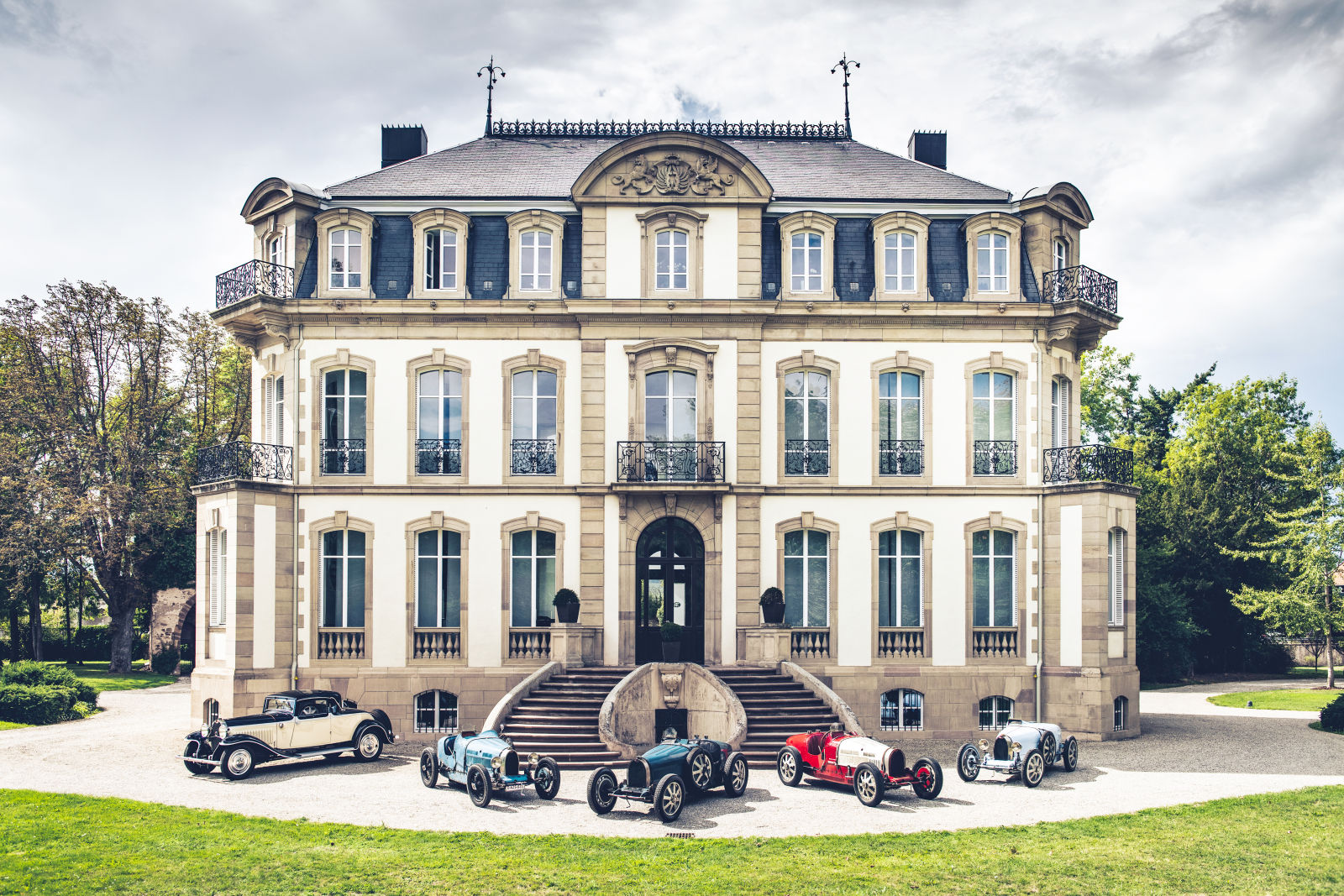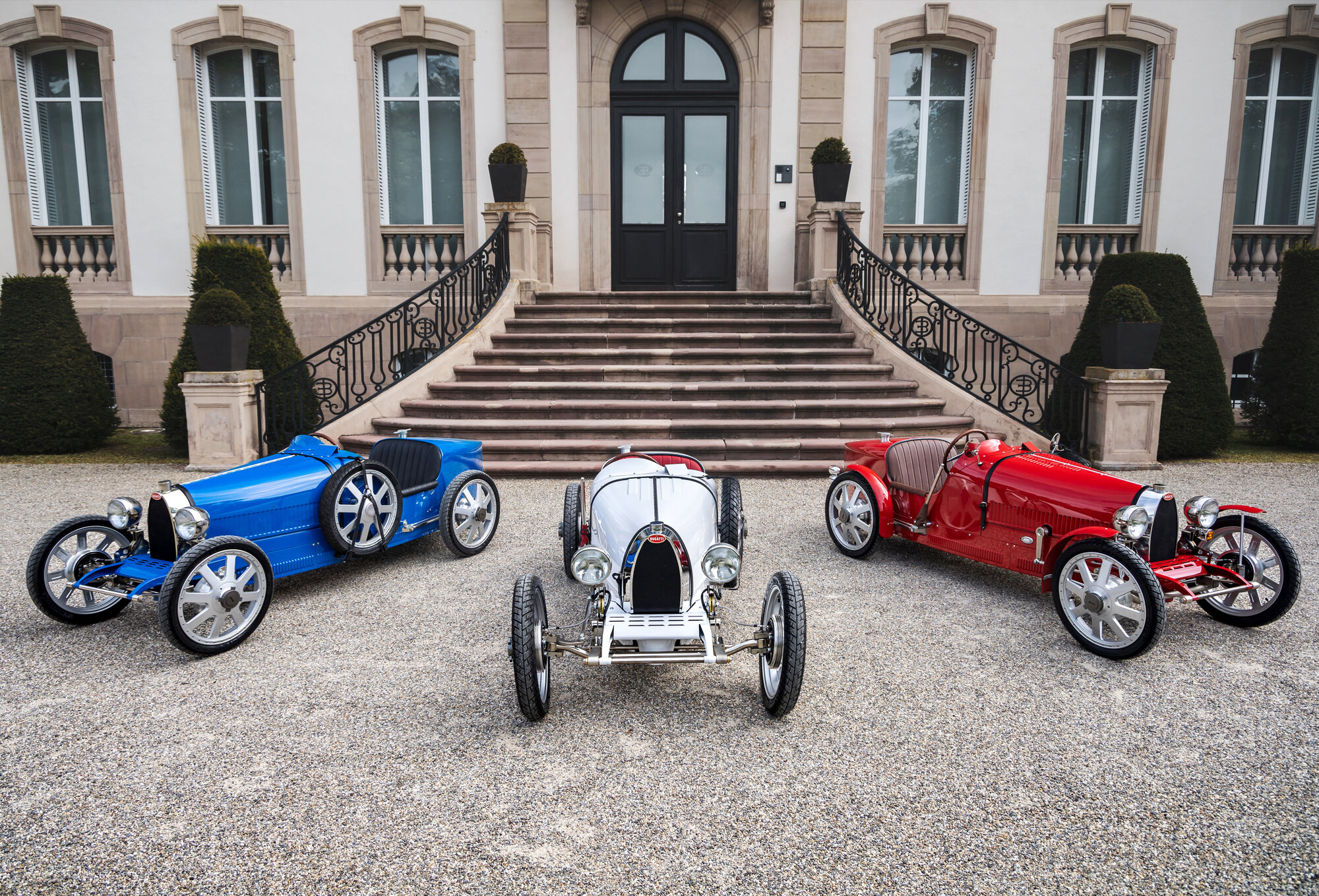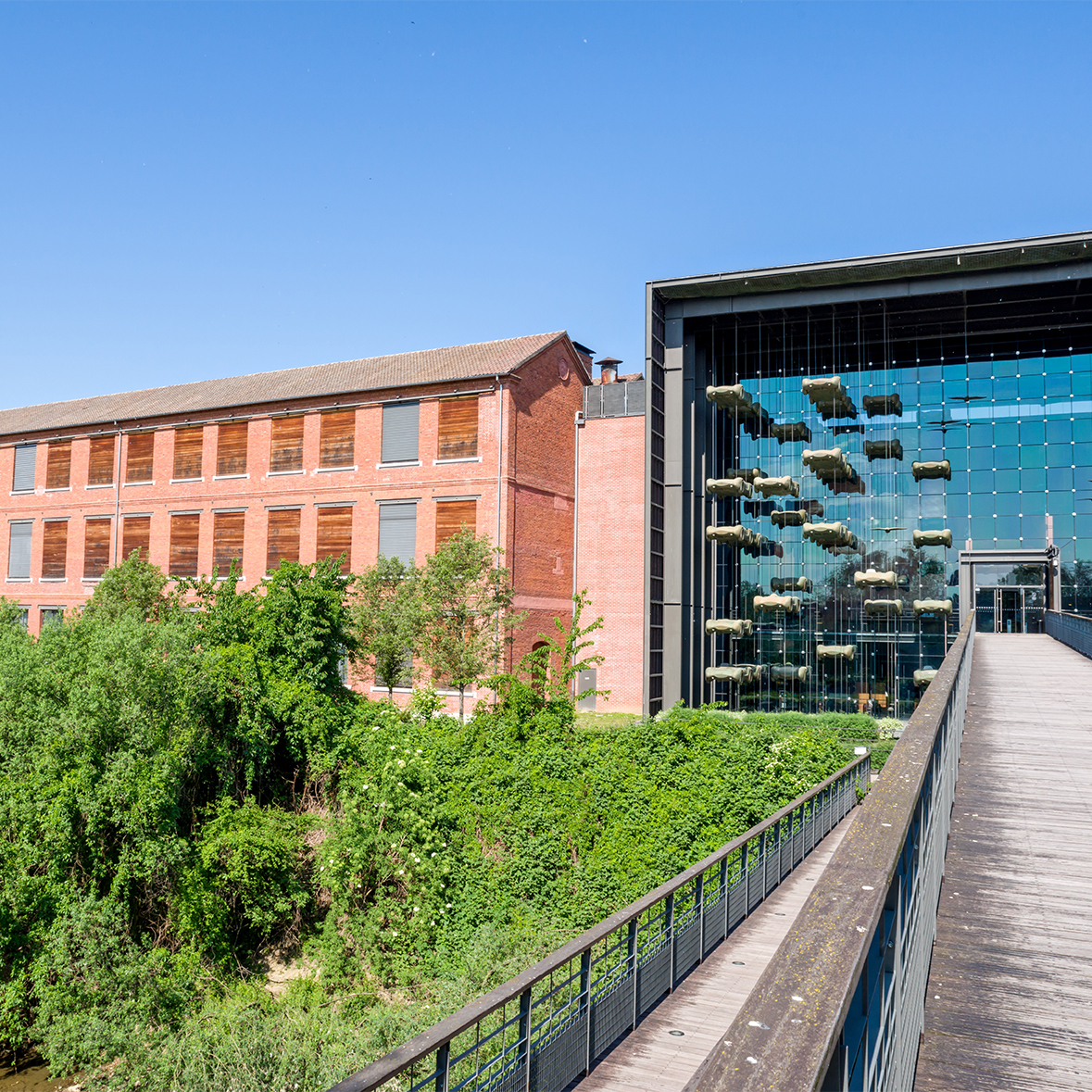Part 2 - A Bugatti in your garage? Some good reasons to having one
21 May 2023 4 min read 5 images

Photo credit: Bugatti Newsroom, RM Sotheby's, Wheelsage
Ettore Bugatti was a man of many talents and a true artist in every sense of the word. He came from a family of artists and designers, with his father Carlo creating magnificent furniture and his brother Rembrandt being a talented sculptor. Ettore's own talent for engineering and design led him to create the Bugatti marque, which produced some of the most innovative and striking vehicles of the time. Bugatti was not only a visionary but also a tenacious engineer who never shied away from a challenge. He moved to Alsace at the age of 29, where he founded his own company to manufacture automobiles, ultimately becoming the Bugatti marque. He patented over nine hundred designs, which ranged from cars to airplanes, boats to trains.
Register to unlock this article
Signing up is free and gives you access to hundreds of articles and additional benefits. See what’s included in your free membership. See what's included in your free membership.
Already have an account? Log In



